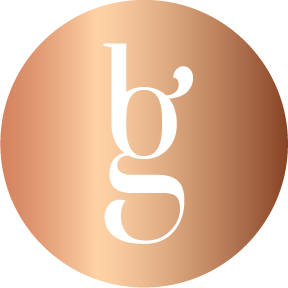1. Remembering
Q1: What is pulse duration in laser hair removal?
A1: Pulse duration is the length of time the laser emits energy on the skin, measured in milliseconds.Q2: How is pulse duration measured?
A2: It is measured in milliseconds (ms).Q3: Which type of hair generally requires a shorter pulse duration?
A3: Fine hair requires shorter pulse durations.Q4: What happens if the pulse duration is too short for thick hair?
A4: It may not deliver enough heat to effectively destroy the hair follicle.
2. Understanding
Q1: Explain why a longer pulse duration is needed for thicker hair.
A1: Thicker hair follicles need more time to absorb the laser energy and generate enough heat to destroy the hair follicle.Q2: Why is pulse duration important in ensuring client safety?
A2: Proper pulse duration prevents overheating of the surrounding skin, ensuring the heat is focused on the hair follicle while protecting the skin.Q3: Describe the relationship between pulse duration and hair thickness.
A3: Thicker hair requires a longer pulse duration to allow sufficient energy absorption, while fine hair can be treated with shorter pulses.Q4: How does pulse duration affect the risk of skin burns?
A4: If the pulse duration is too long or too short for the hair type, it can either not provide enough energy or cause excess heat, increasing the risk of burns.
3. Applying
Q1: A client has thick, dark hair. How would you adjust the pulse duration to ensure effective hair removal?
A1: You would use a longer pulse duration to ensure enough heat is applied to destroy the thicker, darker hair follicles.Q2: If a client has fine, light hair, what pulse duration should be used?
A2: A shorter pulse duration should be used, as fine, light hair requires less energy to be effectively treated.Q3: How would you modify the pulse duration if a client is experiencing discomfort due to heat build-up?
A3: You would lower the pulse duration to reduce the heat applied and improve client comfort.Q4: A client has thick hair on their legs but fine hair on their face. How would you adjust the pulse duration between these areas?
A4: Use a longer pulse duration for the thicker leg hair and a shorter pulse duration for the finer facial hair.
4. Analyzing
Q1: Compare the effects of using a long pulse duration on fine hair versus thick hair.
A1: A long pulse on fine hair could cause overheating and skin damage, while it is necessary for thick hair to deliver sufficient energy.Q2: How would an incorrect pulse duration setting impact treatment results?
A2: If the pulse is too short for thick hair, the follicle may not be destroyed; if too long, it could cause excessive heat and burn the skin.Q3: Analyze why a very short pulse duration is ineffective for coarse hair.
A3: A very short pulse duration doesn't allow enough energy to be absorbed by the thicker hair, leading to incomplete follicle destruction.Q4: How does pulse duration relate to client skin type and hair type when customizing treatments?
A4: Pulse duration must be adjusted based on hair thickness and skin sensitivity to ensure effectiveness without causing skin damage.
5. Evaluating
Q1: Evaluate why using a short pulse duration on thick hair might lead to incomplete hair removal.
A1: Short pulses do not deliver enough energy for thick hair to absorb sufficient heat, which may result in incomplete follicle destruction.Q2: Why might longer pulse durations be riskier for clients with sensitive skin?
A2: Longer pulse durations can increase the heat applied to the skin, raising the risk of burns or irritation in sensitive areas.Q3: Assess the potential consequences of using the wrong pulse duration on different skin types.
A3: Incorrect pulse duration could lead to skin damage, burns, or ineffective hair removal, particularly for clients with sensitive or darker skin types.Q4: How important is adjusting pulse duration in ensuring both effective results and client safety?
A4: Adjusting pulse duration is critical for achieving effective results while minimizing risks such as skin burns, making it a key safety consideration in laser treatments.
6. Creating
Q1: Design a treatment plan using appropriate pulse durations for a client with both thick, coarse hair on their back and fine hair on their arms.
A1: Use a longer pulse duration for the thick, coarse hair on the back and a shorter pulse duration for the fine hair on the arms.Q2: Develop a step-by-step procedure to adjust pulse duration based on client feedback about heat discomfort.
A2: Reduce the pulse duration incrementally while monitoring the client's comfort and ensuring the treatment remains effective.Q3: Create a guide for estheticians to determine pulse duration based on hair type and skin sensitivity.
A3: Include guidelines such as using shorter pulses for fine hair and sensitive skin, and longer pulses for thicker, coarser hair.Q4: Propose a method for combining different pulse durations in a multi-area treatment session.
A4: Begin with longer pulses for areas with thick hair and gradually switch to shorter pulses for more sensitive or fine-haired areas.

